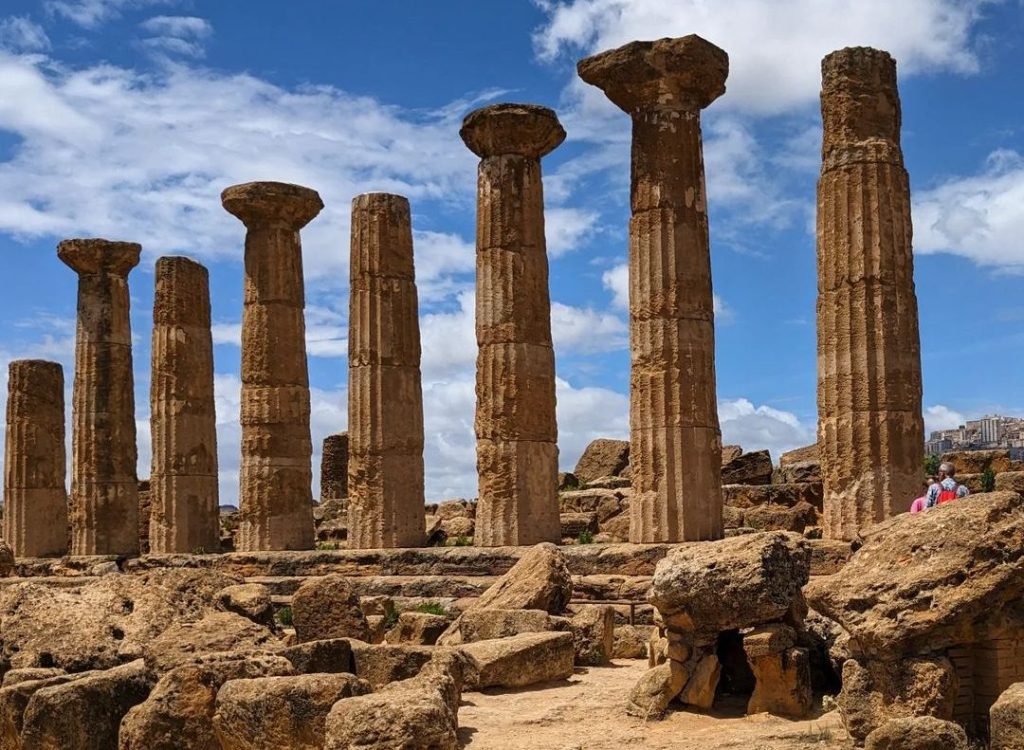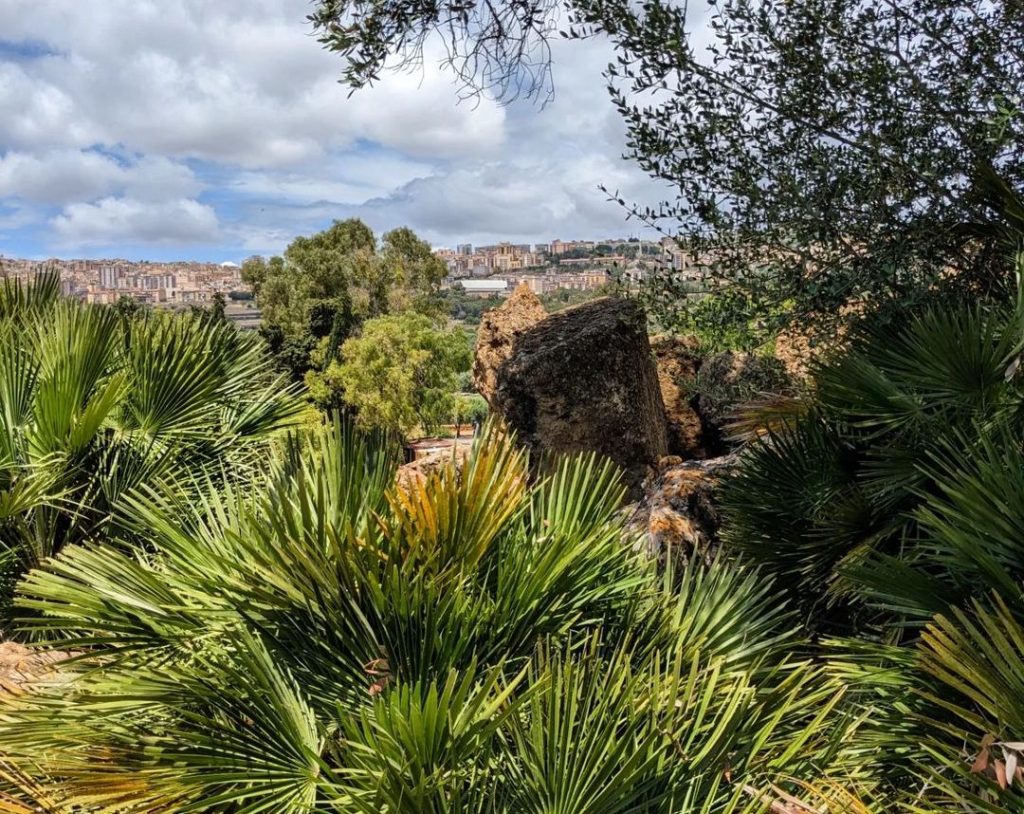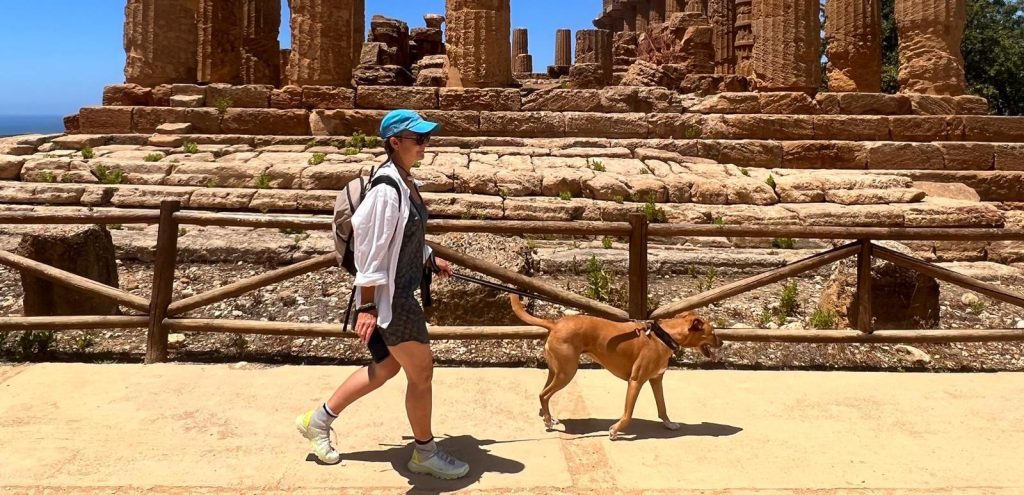Professor Karin Cope is a queer faculty member who has taught at NSCAD in a variety of capacities over the last 20 years. Currently an Associate Professor in the Art History and Contemporary Culture division, Cope is also a poet, a sailor, a photographer and an activist. Her most recent creative research project is entitled If Sappho were a sailor. An investigation undertaken while on sabbatical in the Mediterranean and supported by Arts Nova Scotia, If Sappho were a sailor runs questions of migration and marginality through queer and poetic lenses. Cope teaches courses on the environment, activism, pedagogy, queer theory and writing at both the graduate and undergraduate levels.
Who is Sappho and what is If Sappho were a sailor about?
“Sappho was a poet and performer thought to have lived from around 630 to 570 BCE. Likely born on the isle of Lesbos to a powerful family, one record suggests that Sappho and her relatives were exiled for political reasons around 600 BCE to what were then newly established Greek colonies in southeast Sicily. Sappho is to lyric poetry what Homer is to epic—both figures were equally famous in the classical period when after a long “dark age,” the Greeks rediscovered writing, this time using it to record poetry, performance, philosophy and song and not just logs of possessions. Sappho writes of love between women; she is one of the earliest known female poets to do so, and because of this fact, much of her work was destroyed by later Christianized and homophobic generations. As a consequence, while whole libraries and cartographies exist of fanciful tracings by writers, photographers and adventurers in the footsteps of Ulysses, both known and imaginary accounts of Sapphic movements rate little more than silence.”
“I began my project with a series of questions clustered around a key query: what if Sappho were a sailor? What sorts of news would she send from exile and from her wanderings across the Mediterranean? If Sappho set sail today from Sicily, what would she see? What, for example, would she make of the destroyed Moira refugee camp on the isle of Lesbos, which has been described as an ‘open air prison’ or ‘the worst refugee camp on earth,’ and which was burned down in September 2020 during a COVID-19 outbreak? If Sappho were a sailor and a contemporary queer poet in exile moving about the Mediterranean, how would she—or they—tune their ear to flight from loss and from danger–from war, from political demagogues, from social and environmental collapse and climate change?”
“No one can know the answers to such questions, but I have begun to develop If Sappho were a sailor as an expanded poetry project dedicated to imagining them, and to using resources that Sappho appears to have had at hand, which included the noisy current-events voicings of a chorus, along with fragmentary lyric in order to produce a series of short missives, images and audio postcards addressed to near and distant loves.”

What does or will the work look or sound like?
“I decided to make use of the resources of poetry and expanded poetry—which is to say sound recordings, photography, video, fiction and literary non-fiction as well as “poetic” writing and performance—in order to develop a narrative in which sailor-speakers are queer women who travel with and speak to other queer people and a dog. I take Sappho, already in exile, and with all her gaps and ambivalences as an imaginary foil, rather than following the usual heroic conquest repertoire of tale-telling masculine seafarers like Odysseus, Ibn Battuta or Christopher Columbus, and their fictive and more modern counterparts. I suspect that if Sappho were at sea today, she would navigate, weather-route, read and record in the glowing light of a cellphone screen; I have thus proposed to draft part of this project as a series of mobile device-destined “postcards,” marked by ambient audio “choruses” and map fragments that record actual or “real time” sound and movement through the Mediterranean and along the coast. At the moment, my Instagram account is serving in part as a repository and first sketchbook for some ideas and drafts, but so are other less public apps and recording devices. Anticipated outputs as I further develop the project will include performance, sound works, publication and exhibition.”
Why this project now?
“While the Mediterranean has often been figured as a space of romance and adventure or dreams and hope, it is also a watery graveyard, a zone of extraordinary income disparity and successive and ongoing waves of exile, immigration and loss. It is, as well, a front row seat on climate change and the multiple aftermaths of colonialism, nationalist extremism, religious strife, extractivism and failed states. What happens in the Mediterranean is happening everywhere from war to economic and climate migration to small- and large-scale legal and environmental catastrophes. What happens in the Med–like what is happening in Mexico and Central America, and about which I have made work in other, previous expanded poetry projects (Ex votos for a broken world and Ghost boat of my heart sail for me)–is a whisper in your ear about what is and what will be coming, whether heat waves and forest fires or political precarity, the tightening of borders and the ramping up of state security apparatuses. Indeed, while we have been sailing this spring there have been many migrant shipwrecks, a few rescues, and no small number of migrant vessels turned back by southern European governments to Libya, where it is known that migrants are forced into slavery. Witnessing such situations is an inescapable part of sailing in the Central Mediterranean, which is to say, in the space between Greece, Italy, Malta, Tunisia and Libya.”
“I am interested in using the life and works of Sappho as a point of departure for this project, not only because third person reports, copies, gaps and holes characterize much of what any other may know about her, but also because, in a space where thousands of migrants disappear without trace, among the stories on very few radars just now are those of queer voyagers, exiles or migrants on the Mediterranean Sea, particularly women.”
“This is the most ambitious project I’ve ever undertaken. It makes an argument for poetry as an expanded and often activist or interventionist medium, and as a punctual mix of word-craft, sound and image. It is also the first fully public and explicitly queer-focused set of themes I’ve worked with, although these are often in the background of my work. It requires and puts pressure on the full range of my research, poetic, web-design and photographic skills, and is pushing me to learn more about sound-editing techniques; It has also required enormous psychological and physical stamina and resilience—indeed, these are topics or themes of and for any work where survival at sea is an ongoing requirement or concern.”

Why do you need to go to sea to do this work?
“Researching and making work at sea, then bringing it back in various ways to land-based audiences helps them to see and to hear the world differently, and to relate to the sea and to care about it and its inhabitants and voyagers, whether human or non-human. Many early narratives, cross culturally, are about crossing or surviving the sea, but few urbanites, unless they find themselves in forced migration, have much experience of the sea. This work then aims to reanimate sounds and concerns of the sea in a contemporary vein, making it plain that these stories may be about and told by marginalized people, among them queer women.”
Stay tuned for the release of some fragments of If Sappho were a sailor in the fall of 2023—perhaps via performance. For a look at some of my “notes” see https://visiblepoetry.ca/

